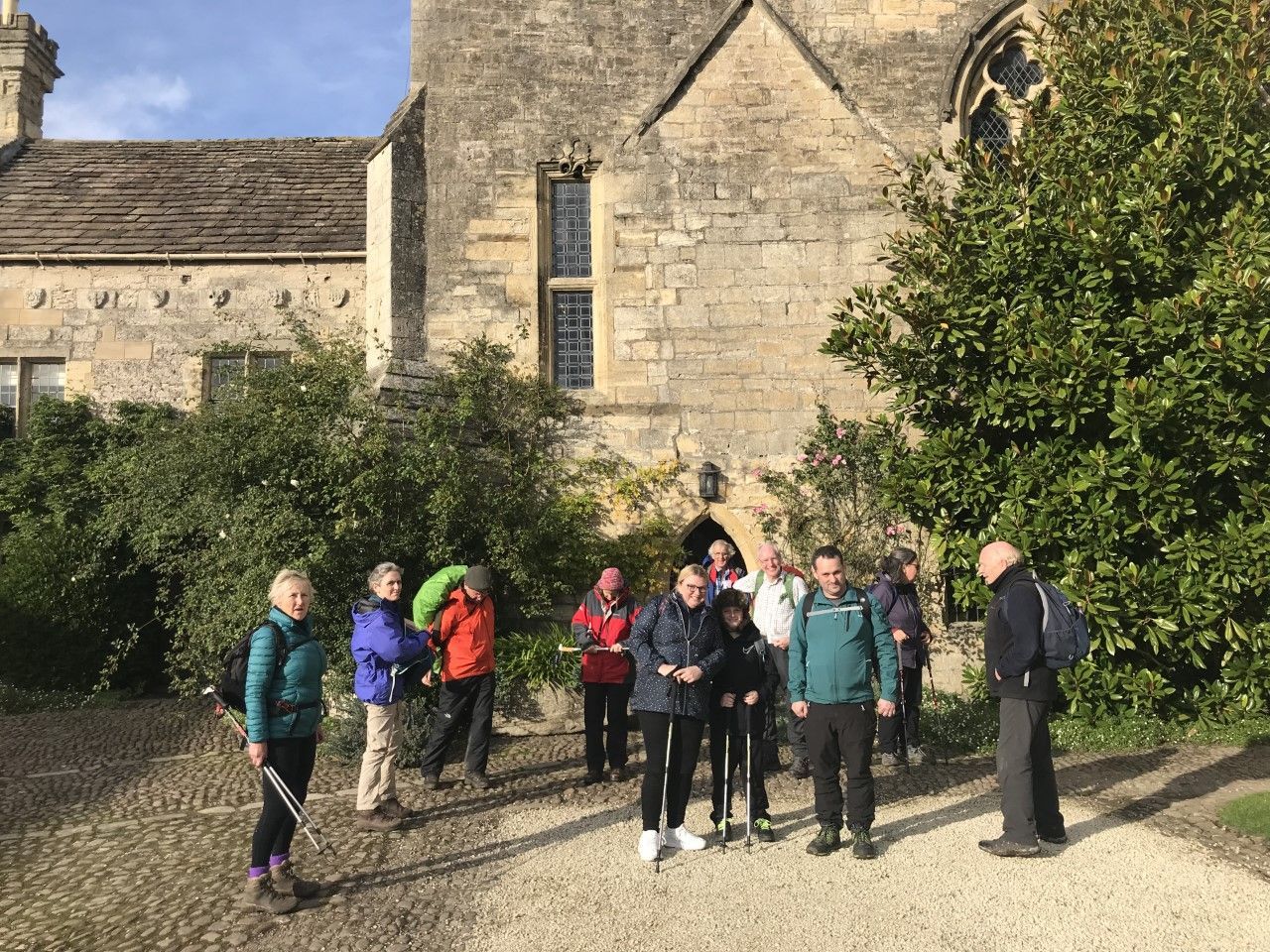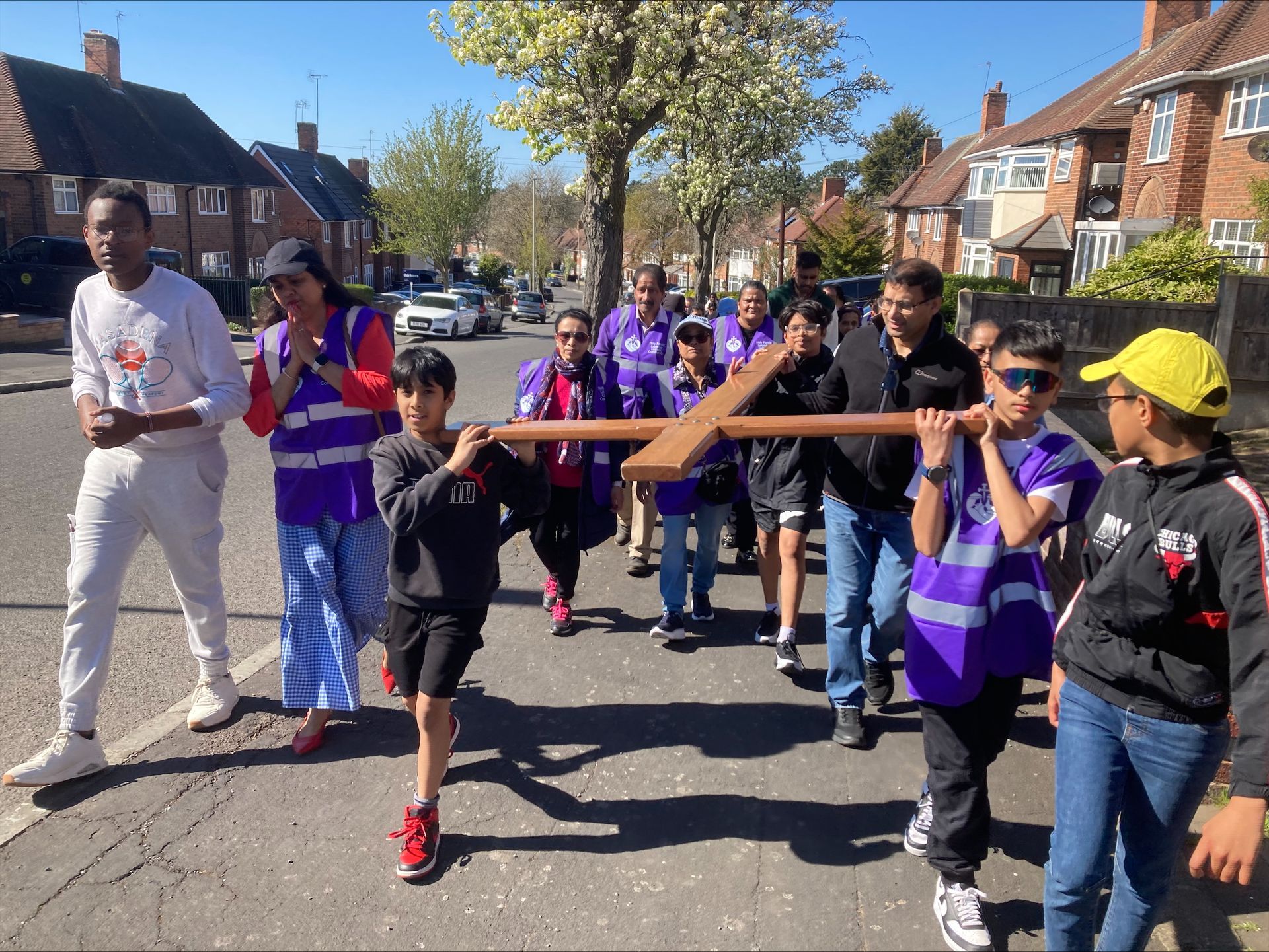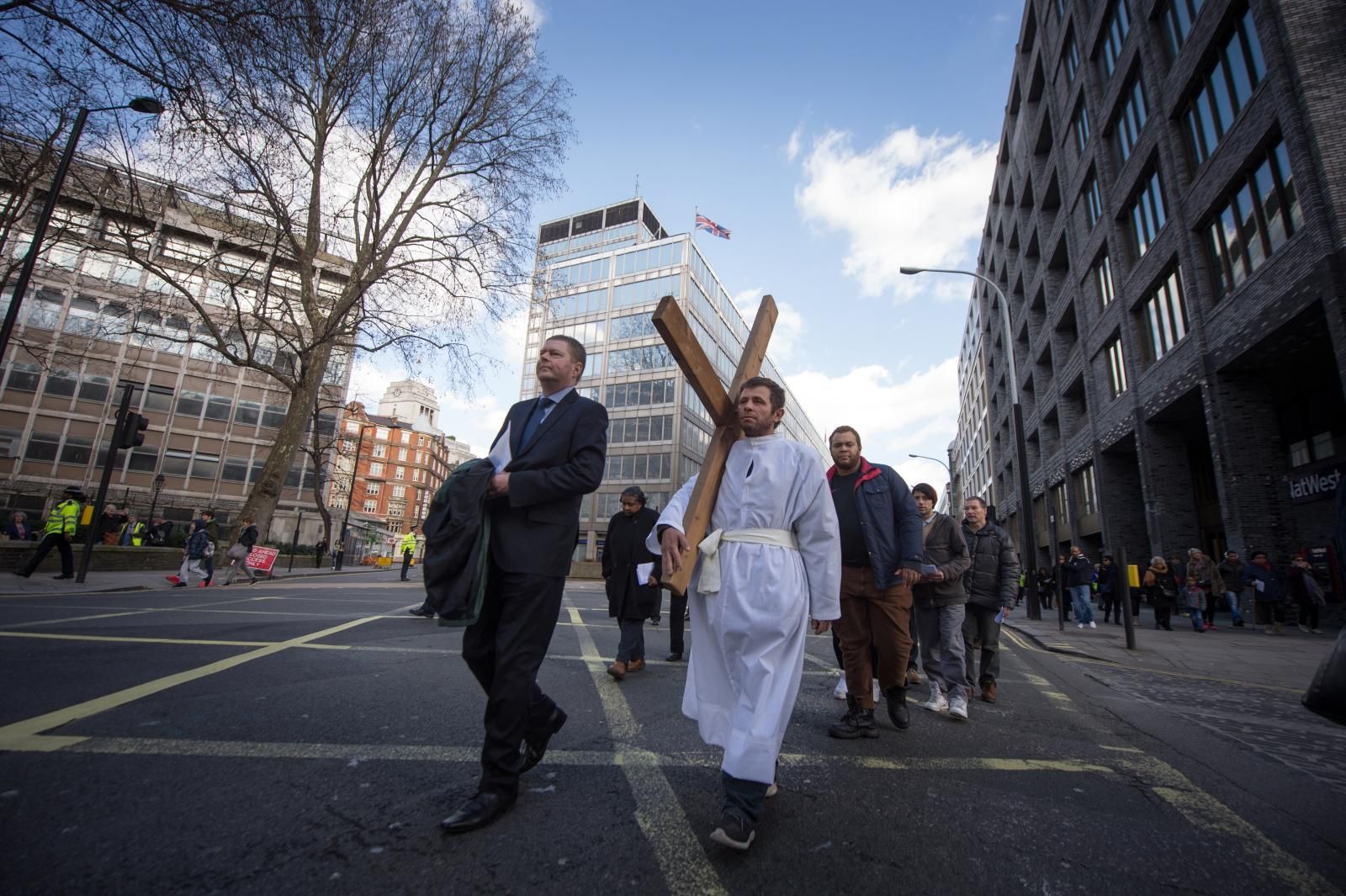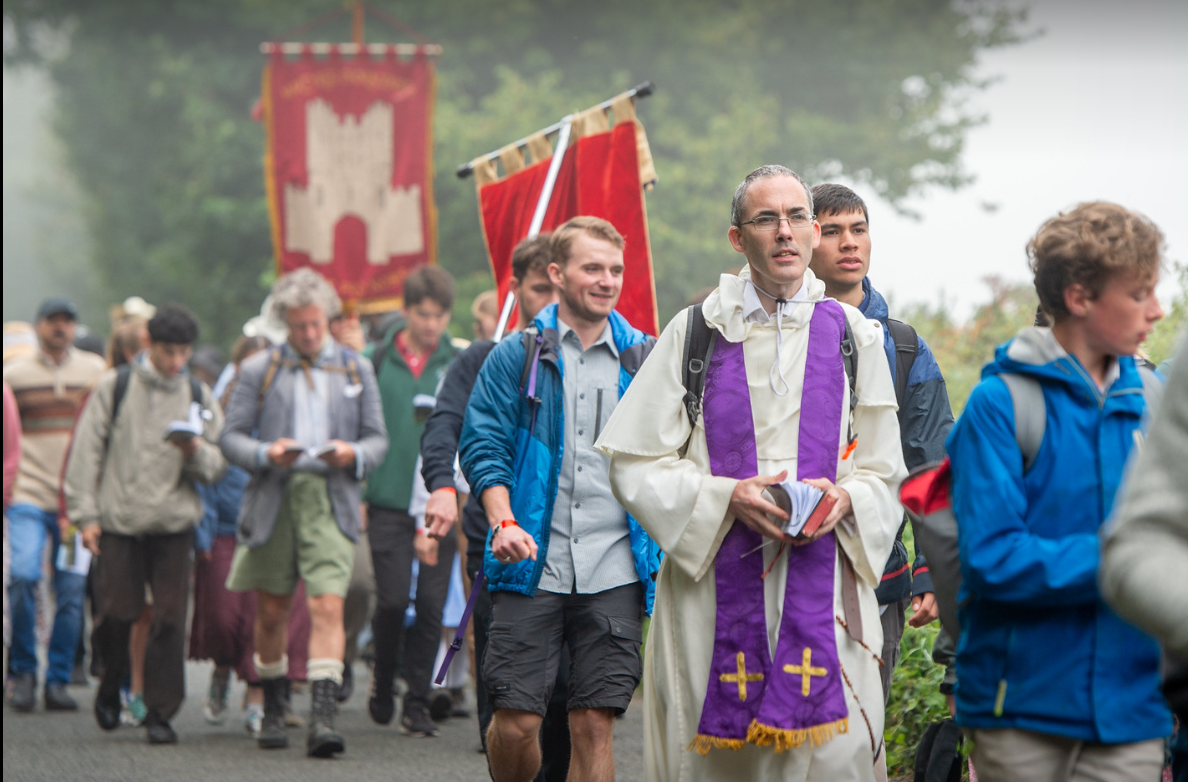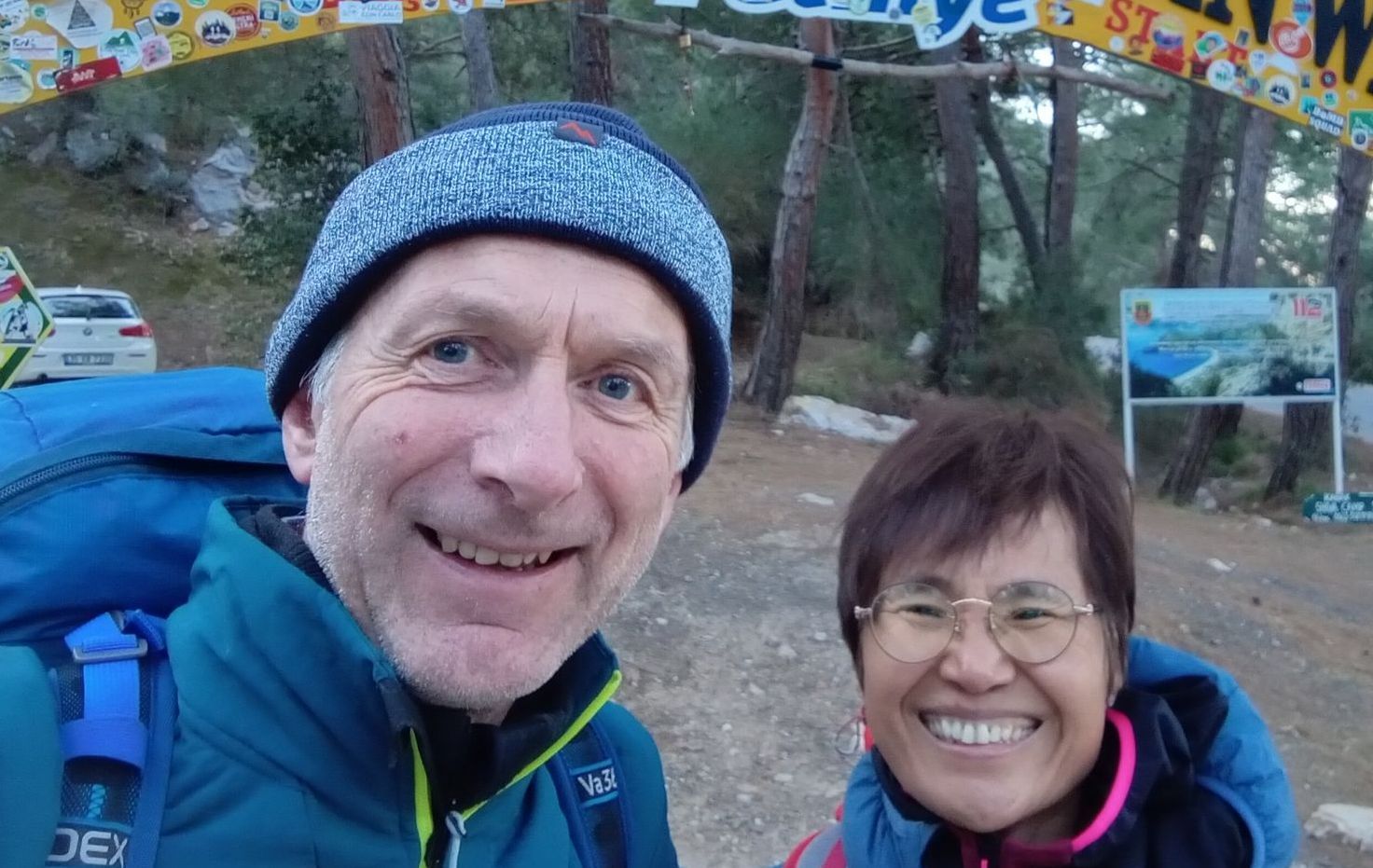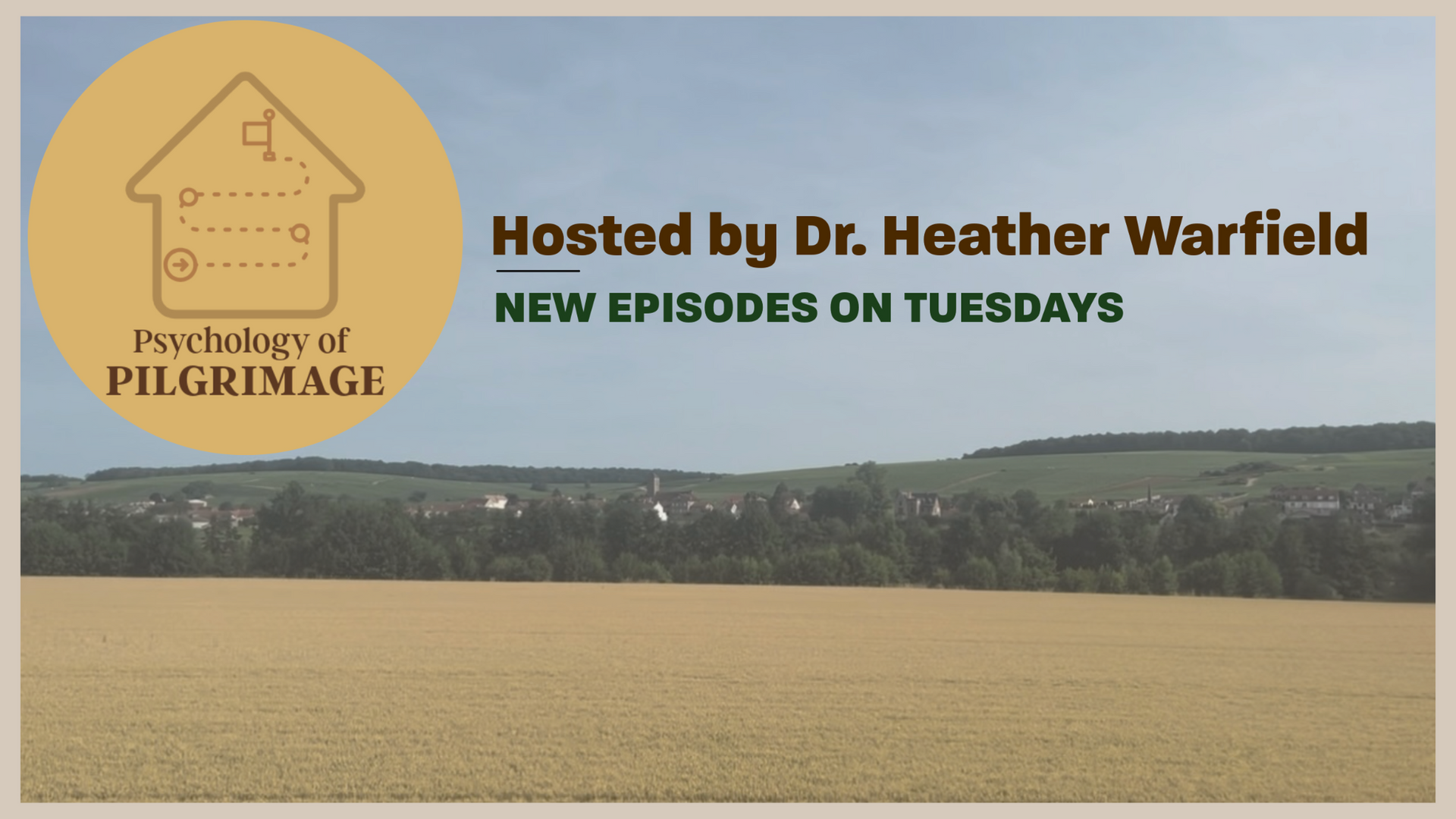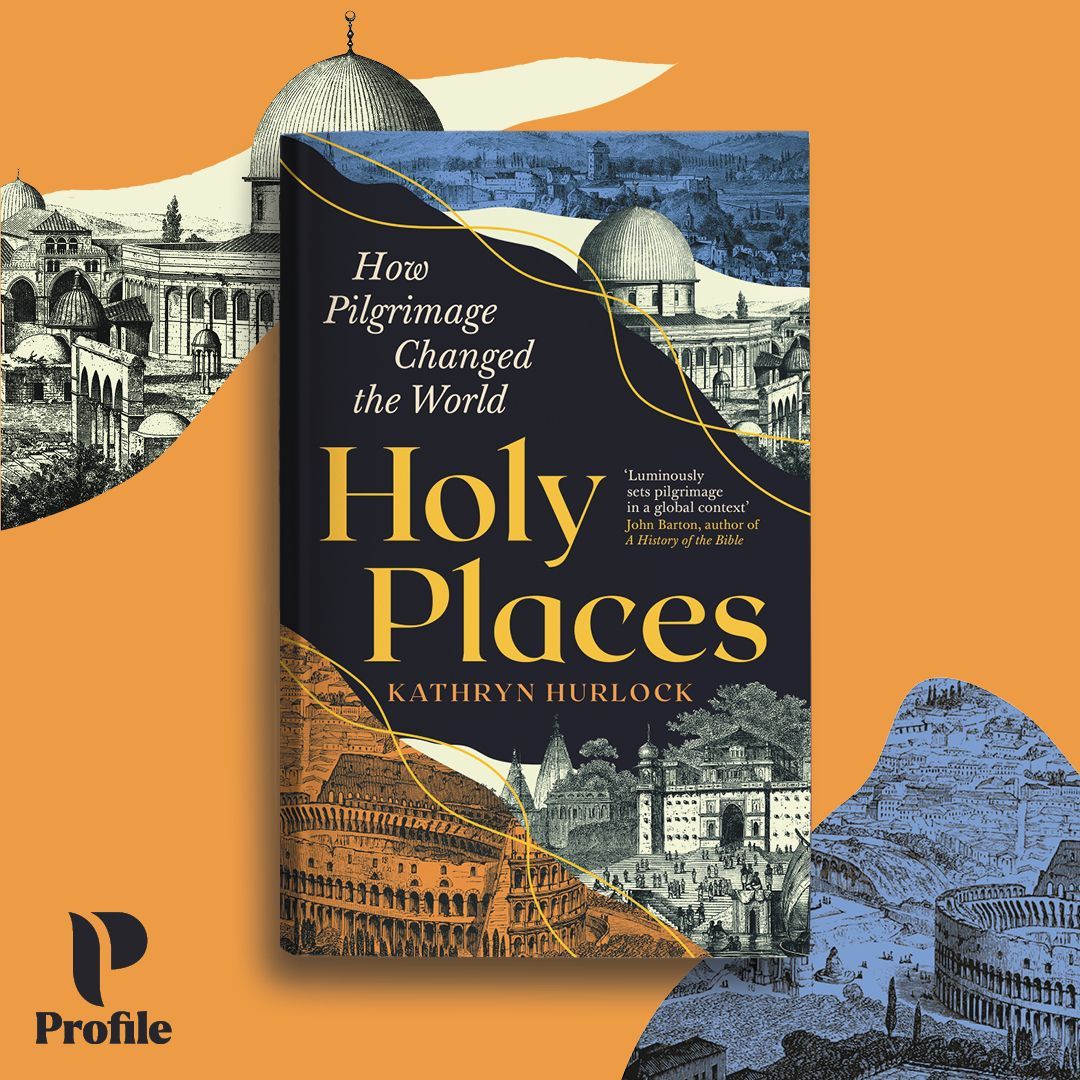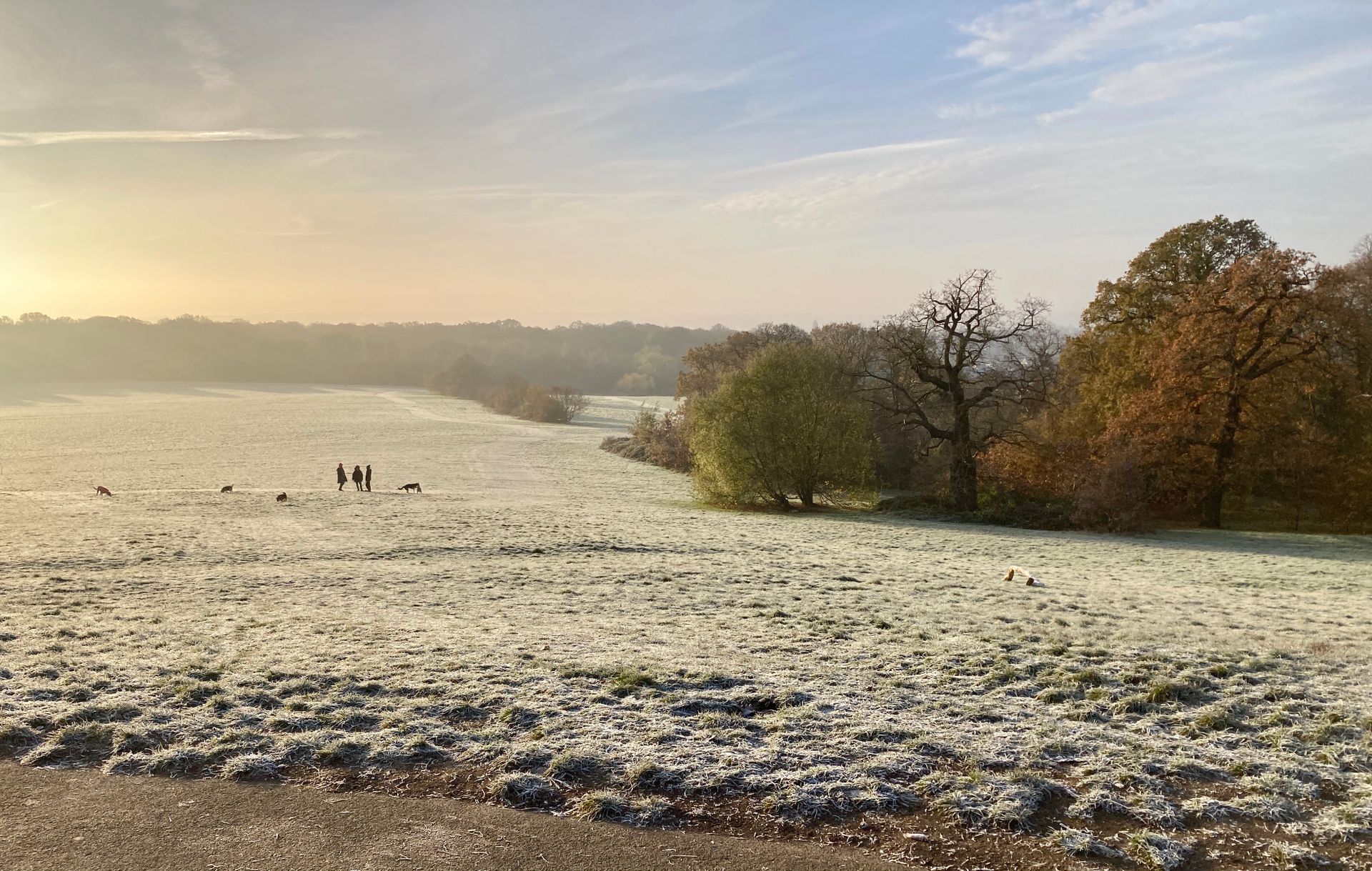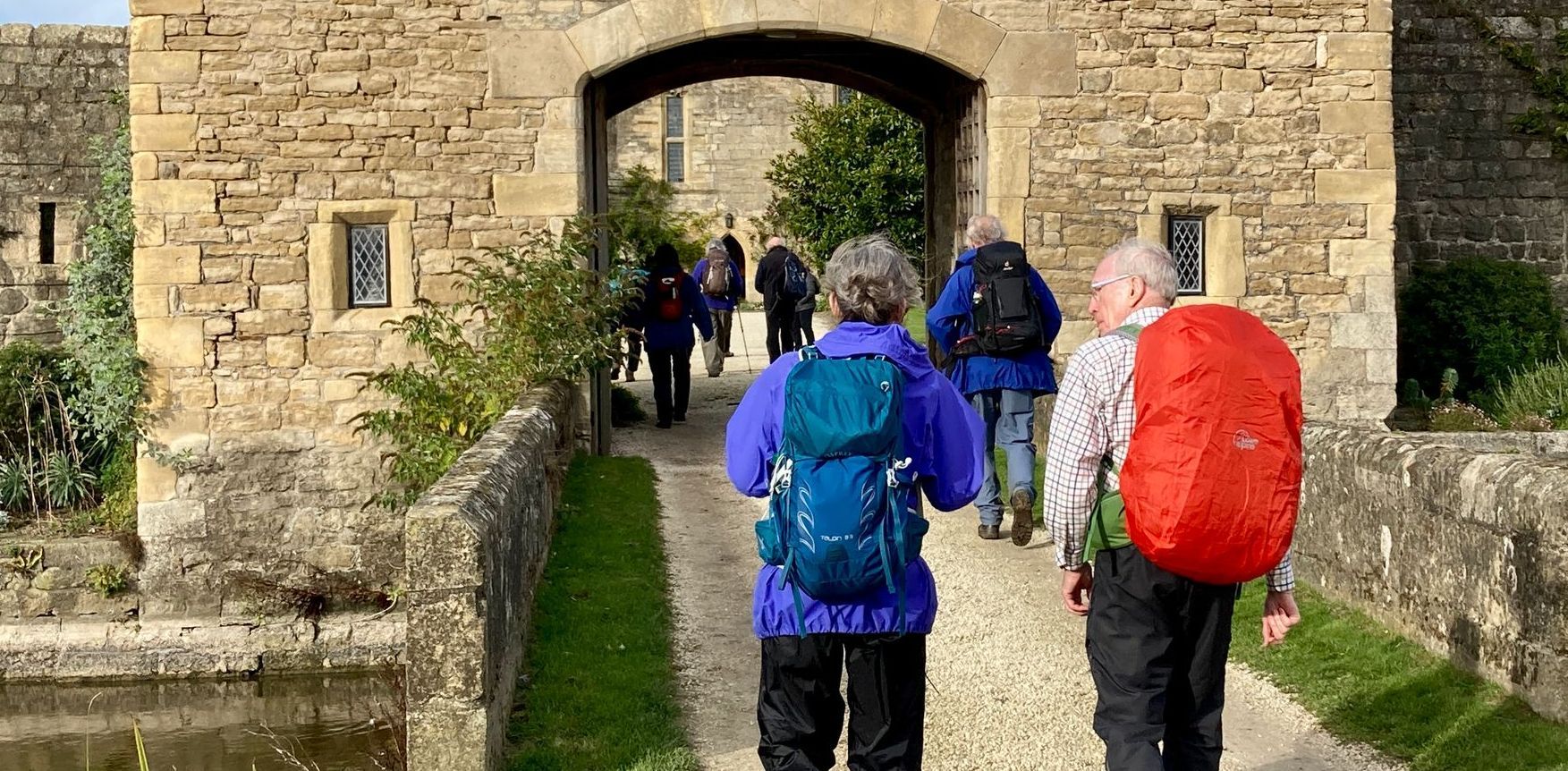Planning a School Student Pilgrimage - The St Edward's Way
The St. Edward’s way in Dorset is a 32-mile route that connects two significant locations, Lady St. Mary Church in Wareham to Shaftesbury Abbey Museum. The former was the location of St Edward’s burial in 972 and the latter his resting place from 979 after his remains were translated, and Shaftesbury became a centre of pilgrimage. Our School was named after St. Edward, the teenage king whose martyrdom has a strong local connection, and the newly commissioned route presented the perfect opportunity for a school pilgrimage.
We assembled a small group of staff in school to consider both the logistics and the rationale and to establish the links to local communities needed to complete the full route. There are fantastic online resources from a variety of websites which includes; routes, descriptions, historical background and posts from people recently completing sections. From these resources, and with the support of Shaftesbury Abbey Museum, we decided to walk a trial section of 10 miles from Shillingstone to Shaftesbury in July 2022. From this event, we realised that students were capable of walking the route without the need to purchase additional walking clothing or footwear provided that conditions were reasonable, (and that students from Years 7-12 walked at an average of 2mph with breaks and accounting for hills!). Our trial event highlighted the lack of public toilets in rural settings and this is something we would need to plan for.
St Edward’s began as a Catholic school, and is now a relatively rare joint-Church school, supported by the Dioceses of Plymouth and Salisbury. The 60th anniversary of the foundation of our school falls in 2023 and we wanted to include the pilgrimage as one of the school events used to mark this milestone. We decided to include students from each year group and to complete the 32 miles in 4 stages, one each month through April to July in order to benefit from good weather, and to provide a regular reminder to our school community that we were progressing towards our anniversary in September. A member of our chaplaincy team will be accompanying each stage of the pilgrim route, to ensure that the spiritual dimension of pilgrimage is sustained throughout the journey. It was the chaplaincy team that brought the unifying elements of the four stages together with prayer and also in the creation of the pilgrim’s staff. One of our chaplaincy team created the staff which has an engraved image specific to each of the start and end locations so that students can know what part of the pilgrimage journey they played, unifying the the four discrete groups to this shared experience.
So far we have completed one of the four sections, the first being walked by Year 7 student leaders who are representatives of each of our tutor groups. Each stage involves a different group of student leaders so that the majority of year groups will have representatives that have completed the pilgrimage. Building links to the local communities along the way has resulted in significant interest from the local villages and parishes, with opportunities to meet clergy and to use facilities which would otherwise not have been an option without the creation of these links. This in turn has raised the profile of the pilgrimage route and also our school as our students have been great ambassadors. Key to this is the students knowing why it is that we are completing this pilgrimage and how their small part links to our mission statement of ‘May we be one’.
One other important element is checking the route and being confident to lead a group. As I live in a village that falls upon the route and have previous experience training expedition groups I was able to walk much of the route weeks in advance, this enabled me to check the suitability of the trail and to ensure there were access opportunities to enable the minibus to collect a student in the event of a minor injury. Knowledge of the route enabled me to liaise with parents of students that have additional learning needs to ensure that the challenge of the day was understood and so that we planned for their needs to ensure the experience was inclusive.
We look forward to completing the remaining stages and we are considering completing one section in September as a staff and Governor’s group to share the experience more widely. The pilgrim’s staff will be on display in our Legacy Chapel which holds the school archive, and I hope that we can use the pilgrim staff and complete the pilgrimage, perhaps in different ways, in the coming years, always carrying this unifying symbol.
Stuart Keene, Assistant Headteacher and Pilgrimage Leader
The photos taken by Stuart Keene and are not subject to copyright.
